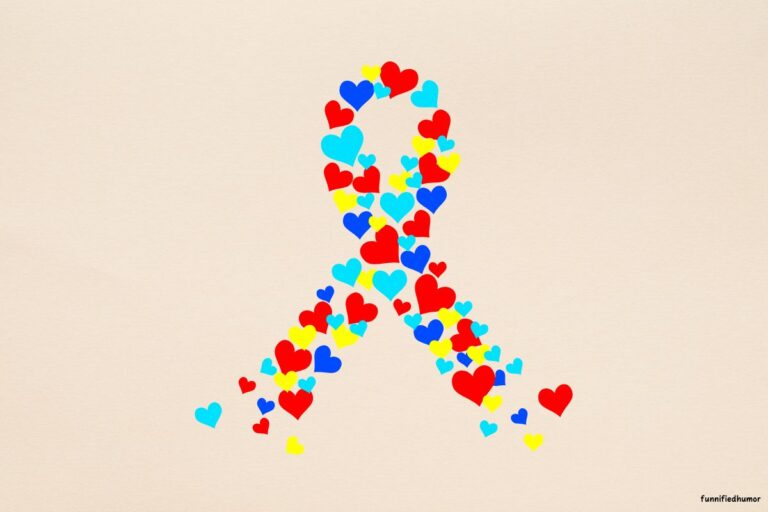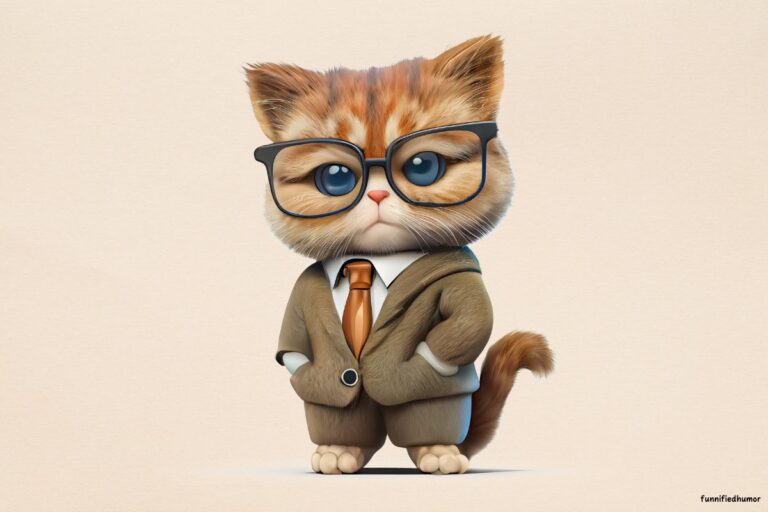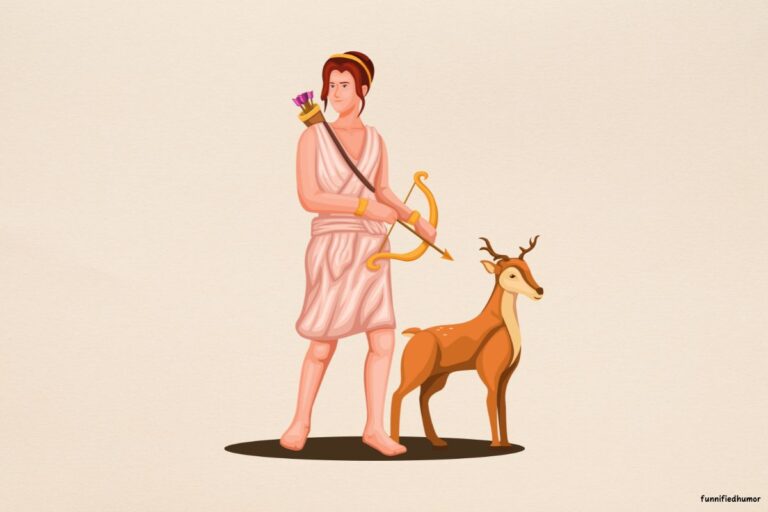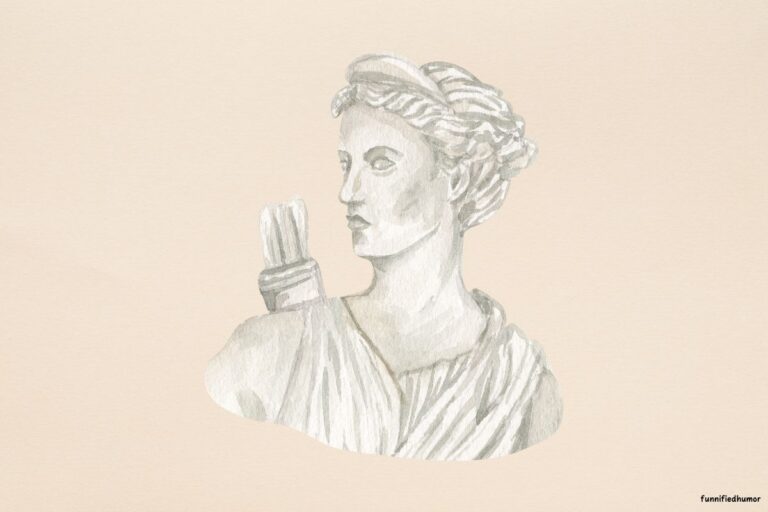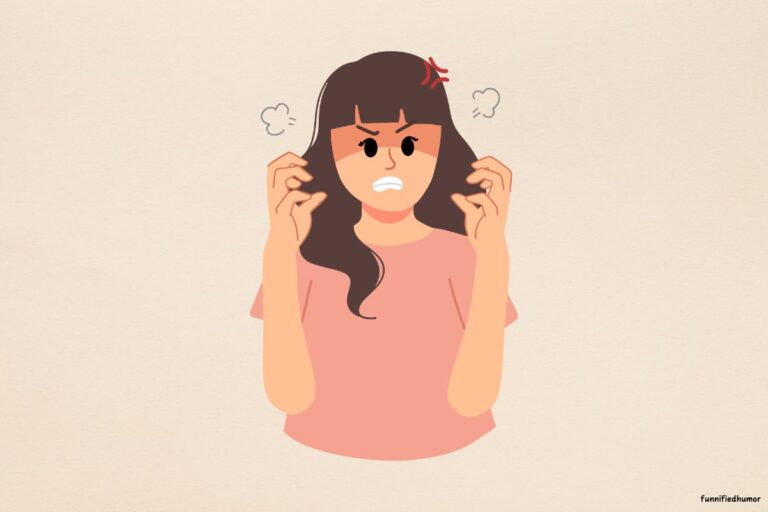3 Short Stories about Climate Change
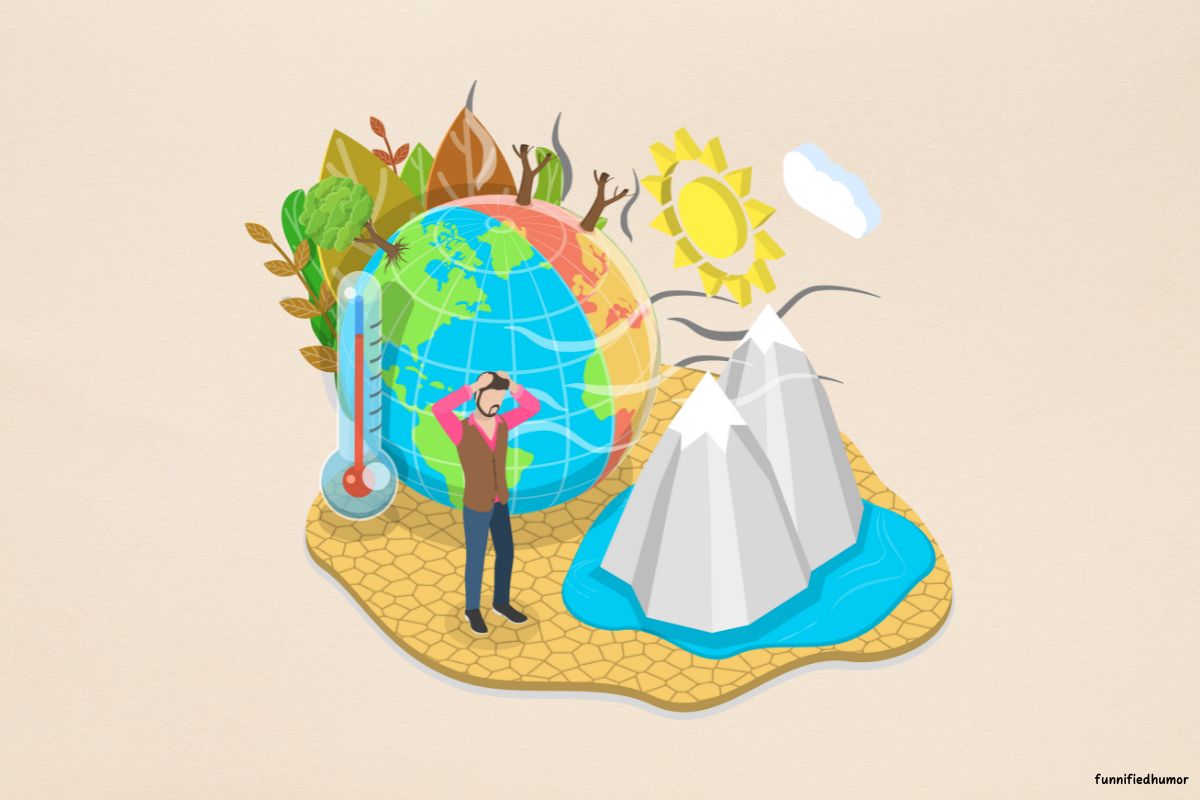
Climate change is not just a term tossed around by scientists, policymakers, or activists. It’s a haunting reality that gradually etches itself into our very existence. Often, we hear about melting glaciers, catastrophic storms, and endangered species in a way that feels abstract—statistics and figures that blur into the background noise of our daily lives.
But what if we could see climate change from a different lens?
What if the data could talk, the melting ice could narrate its ancient history, or the last White Rhino could share its final testament?
Our climate change stories will bring to life the numbers, the predictions, and most importantly, the emotions that we ought to be grappling with.
These are not just tales of sorrow and loss but also of hope, resilience, and the incredible power of collective action.
Get ready to venture into narrative worlds where climate change is the unsettling backdrop against which human and natural dramas unfold.
Let’s re-imagine, together, the way we see, feel, and—ultimately—act upon the biggest existential threat of our time.
Stories about Climate Change
1. Time Has Changed
The sun beat down fiercely on the barren, dry landscape. Layers of dust were swept up by the occasional gusts of wind, creating small, fleeting whirlwinds. Dr. Alina Blake, a prominent archaeologist, wiped the sweat from her brow as she delicately unearthed a time capsule from a pit she had been excavating.
The metallic object, though aged, still held the emblem “Earth, 2084.”
Intrigued, Alina carefully opened it.
Inside, there was an assortment of articles, photographs, and personal mementos. The first item she pulled out was a newspaper clipping, dated 2020, with the headline: “Hottest Year on Record – Climate Change or Mere Fluke?”
Suddenly, the surroundings shifted, and Alina found herself on a bustling city street. The air was thick with smog, and people in masks rushed by. She overheard a conversation between two men.
Man 1: “Can you believe this heat? And the wildfires? Everything’s going haywire!”
Man 2: “It’s just a phase. We’ve had bad years before.”
The scene shifted again, and she was in an apartment. A young woman stared desolately at the same newspaper article Alina had just read, tears rolling down her cheeks.
Woman: “When will we learn, Marco? When will we take action?”
Marco: “It’s bigger than us, Lina. But maybe, just maybe, if we document this, someone in the future will understand.”
Back in her own time, Alina shook her head, trying to understand what just happened. She reached into the capsule again, pulling out a photograph of a shoreline, eroded and littered with plastic debris.
Once more, the world changed around her. She was now on that same shoreline. A child was crying, holding up a dead fish, its stomach cut open revealing plastic.
Child: “Mommy, why did the fish eat this?”
Mother: “They don’t know any better, honey. This shouldn’t be here in the first place.”
Another shift, and Alina was in a community hall. A gathering of people held signs – “Save Our Planet”, “There’s No Planet B”, and “Act Now or Pay Later”. A passionate speaker addressed the crowd.
Speaker: “It’s our duty! For our children! For our planet!”
Each item Alina touched transported her to a pivotal moment in the early 2020s. A dried-up coral piece took her underwater where she watched a diver document the bleaching event. A vial of clean air made her witness a city grappling with the smog crisis.
Then she found a small diary, its pages yellowed with age. Opening it, she read an entry: “The world is changing, and I fear it’s too late for us. But maybe, just maybe, someone will find this. Remember us. Learn from our mistakes.”
Flipping to the next page, she was greeted with a sketch of a time capsule – the very one she had found. The diary belonged to Marco.
The final entry read, “Tomorrow, Lina and I will bury our memories, our hopes, and our warnings. If you’re reading this, know that there was love, there was hope, and there was resistance. But time was not on our side. Is it on yours?”
Alina was back at her excavation site, the weight of the past heavy on her shoulders. She knew she had to share these experiences. Not just as a testament to the past, but as a noble sign for the future.
The world had recovered since those times, but the echoes of the past were a solemn reminder – the Earth was resilient, but it needed its caretakers.
Alina whispered to the winds, “We remember, Marco, Lina. And we’re trying. We’re trying…”

2. The Waves Are Holding a Mystery
Dr. Elara Bennett, a young marine biologist, had finally done the impossible. After years of research, she developed a machine called the AquaComm, a device that allowed her to communicate with marine life. The most impressive thing about AquaComm was its ability to translate the complex non-verbal and echolocation-based communication of dolphins.
One calm morning, as Elara tested AquaComm in the deep waters off the coast of New Zealand, she was greeted by an unexpected voice. “Greetings, two-legs.” It echoed in her earpiece.
Elara gasped. “Who… who is this?”
“You may call me Talon,” the voice replied. Through her underwater goggles, she saw an elderly dolphin with scars marking his body, swimming gracefully towards her. His eyes bore a wise, ancient look.
“Hello, Talon,” Elara said, recovering from her initial shock, “I’m Dr. Elara Bennett. What do you mean by ‘two-legs’?”
“It’s how we often refer to humans. Rarely have you ventured this deep without harming our homes. Your machine… It intrigues me.“
Elara smiled, “It’s designed to bridge the gap between our species.”
“Then let me share a secret.” Talon moved closer, his sonar clicks painting images in Elara’s mind. She saw an opulent city, bustling with life, its majestic spires touching the sky, and broad avenues bustling with people.
“That’s impossible,” Elara whispered.
“Once upon a time, it was a city above the waves, named Lumeria. As the sea levels rose, humans were faced with a choice: resistance or acceptance. Many fought, building walls, trying to keep the sea out, while others learned to adapt, even moving beneath the waves.”
“But the city… how did it submerge?”
Talon’s voice became somber, “The Heartstone. A precious gem that once kept balance. But in their desperation, someone tried to harness its power, and instead, it plunged the city beneath the sea.”
Elara was captivated. “The Heartstone… is it still down there?”
“Yes. But retrieving it is no small feat. I believe, with your help and my guidance, we might be able to restore what was lost.“
The pair set out on a quest that saw them navigating underwater caves, deciphering ancient inscriptions, and avoiding deep-sea predators. With every clue they discovered, more questions arose.
“Why is the Heartstone so significant?” Elara asked as they swam through an underwater canyon.
“Legend says it maintains equilibrium between land and sea. Without it, the waters rose uncontrollably,” Talon explained.
They finally reached the heart of the lost city, where an imposing temple stood. Inside, the Heartstone lay upon a pedestal, its glow illuminating the chamber.
But as Elara approached, a massive guardian eel, appointed to guard the Heartstone, blocked her path. “You cannot take what doesn’t belong to you,” it hissed.
“We’re trying to restore balance,” Talon intervened.
But the eel was unrelenting. In a surprising move, Talon sang a haunting melody, causing the eel to become entranced. Seizing the opportunity, Elara grabbed the Heartstone.
Suddenly, the temple began to quake. “What’s happening?” she cried.
“The balance… it’s returning,” Talon whispered.
They quickly swam out, witnessing the transformation. Parts of Lumeria began to rise, while other sections integrated with the sea, forming a harmonious blend of land and water. Coral reefs grew alongside ancient buildings, and schools of fish danced through old alleys.
Back on her boat, with the AquaComm turned off, Elara held the Heartstone, which now emanated a gentle pulse. She realized that balance wasn’t about control, but about coexistence.
Weeks later, Elara shared her findings with the world, not as a story of lost treasure but of a lesson from the depths. As for Talon, she visited him often, cherishing the bond formed between a human and a dolphin.
The truth about Lumeria and the Heartstone remained an enigma. Was it an act of nature, a mistake of mankind, or perhaps a test of harmony? But one thing was clear – the balance had returned, and it was up to humans to maintain it.

3. The Last Haven
In a future not too distant from our own, Earth was a stark contrast to what history books depicted. Sprawling cities had consumed the landscape, leaving behind a barren wasteland. The only solace was the biodomes, massive enclosures that housed the last fragments of the planet’s biodiversity.
The largest of these was the Eden Dome, covering several hundred acres and harboring ecosystems ranging from tropical rainforests to deserts. While most saw it as a marvel, the dome’s strict regulators, the Conservancy, were fixated on maintaining its ‘purity’. Every plant, every animal, was meticulously cataloged, and any deviation was deemed a threat.
In this world of controlled nature, Maya, a young botanist, worked diligently. She was known to often mutter, “Nature is unpredictable, and that’s its beauty.” One day, while inspecting the tropical section, she noticed something odd—a fern species producing flowers, something it had never done before.
Baffled, she consulted her mentor, Dr. Jensen. “Have you ever seen a fern bloom?” she asked.
Jensen squinted at the fern. “That’s… not possible.”
“I thought so too,” Maya whispered, “but look.”
Weeks turned into months, and more abnormalities surfaced. Birds sang different tunes, amphibians showcased brighter colors, and carnivorous plants were strangely passive. Concerned, Maya started researching.
One evening, Dr. Jensen found her buried amidst stacks of papers and data logs. “You’ve been at this for days, Maya. What have you found?”
Maya looked up, her eyes reflecting urgency. “The dome, it’s evolving. The plants, the animals, they’re all adapting to the extreme climate changes outside. It’s as if they sense the world’s impending doom and are trying to change to survive.”
“But how?” Jensen questioned.
“The dome is not perfectly sealed. Minute external factors could influence it—temperature, humidity, even radiation. Nature is fighting back in its own way,” Maya explained.
The implications were grave. Maya knew she had to inform the Conservancy, but she was also aware of their rigidity. With Dr. Jensen by her side, they approached the board.
Dame Luthor, the head of the Conservancy, was a formidable figure. “This is preposterous!” she exclaimed after listening to Maya. “Our mandate is to preserve, not let nature go haywire.”
“But if we don’t let nature evolve, it’ll stagnate. We’ll lose everything,” Maya implored.
“No. We must intervene. Restore order. We’ve always controlled the variables,” Dame Luthor decided.
But nature had other plans. As weeks passed, the changes became more profound. A particularly venomous snake species became docile, and instead of venom, they produced a substance that accelerated plant growth. Some birds started dispersing seeds of plants they’d never interacted with before.
One evening, alarms blared. Maya rushed to the control room to find screens flashing with a red warning: Oxygen Levels Critical. The panic was palpable. “What’s happening?” she shouted over the chaos.
One technician yelled, “The plants, they’re not photosynthesizing as before!”
Dame Luthor turned to Maya. “Fix this!”
But Maya was already on the move. She collected samples of the snake’s secretion and analyzed its properties. “This is it,” she murmured. The substance was not just beneficial for plants; it could rejuvenate them.
With no time to lose, they started introducing the substance into the dome’s irrigation system. Within hours, the plants responded. The oxygen levels stabilized.
Dame Luthor, witnessing the recovery, finally conceded. “Maybe we don’t know better than nature.”
From that day, the biodome was left to its own devices. While the world outside crumbled, life inside the Eden Dome flourished in ways humanity had never imagined.
Years later, when the desolation outside became unbearable, the dome stood as a beacon of hope. The evolved ecosystem, a testament to nature’s resilience, became the blueprint for reclaiming the Earth. And at its center stood Maya, a reminder that sometimes, it’s best to let nature chart its own course.
